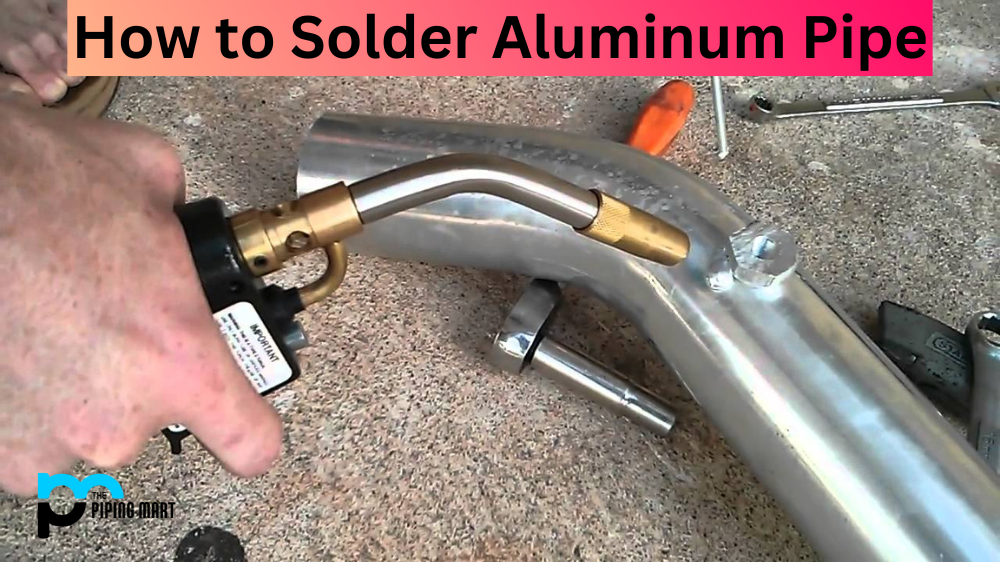When it comes to working with aluminium, many people shy away due to the complexity of the task. But with the right tools and techniques, even a novice can successfully machine aluminum at home. From selecting the right cutting tools to setting up your equipment correctly, this guide will walk you through all the steps for machining aluminium safely and efficiently.
Choosing Cutting Tools
The first step in machining aluminum is choosing the right cutting tool for your project. There are three main types of cutting tools used for aluminum: end mills, drills, and reamers. End mills are great for creating intricate shapes and drilling precise holes in thin metals like aluminium; drills are best suited for making straight cuts into thicker metals; and reamers are great for enlarging existing holes or creating finishing touches on edges. Make sure you select a cutting tool made from high-speed steel (HSS) or carbide so that it maintains its sharpness during the machining process.
Setting Up Your Equipment
Once you’ve selected a suitable cutting tool, it’s time to set up your equipment. Start by mounting your workpiece securely onto the machine bed using clamps or vices—this will help ensure that your workpiece doesn’t move while you’re machining it. Next, adjust the machine settings according to the type of material you’re cutting—aluminium is usually cut at a lower speed than other metals such as steel or brass—as well as your desired finish quality. Finally, check that all components are functioning properly before beginning operation.
Machining Process
Now that everything is set up and ready to go, begin by feeding in your workpiece slowly until it reaches a full depth of cut (DOC). Make sure you keep an eye on both feed rate (how fast you push in) and speed (how quickly the cutter turns). For best results, use light passes rather than deep cuts when possible—this will help reduce vibration while keeping heat buildup to a minimum. Once finished, remove any chips from around the workpiece before continuing on to additional operations such as drilling or tapping if necessary.
Conclusion:
Machining aluminum can be intimidating, but with practice comes confidence! By selecting proper cutting tools, setting up equipment correctly, and taking shallow passes when machining, even beginners can achieve professional-level results when working with aluminum at home. Keep practicing, and soon enough, you’ll be able to tackle even more complex projects with ease

Pipingmart is a B2B portal that specializes in metal, industrial and piping items. Additionally, we share the latest information and information about materials, products and various types of grades to assist businesses that are involved in this business.




